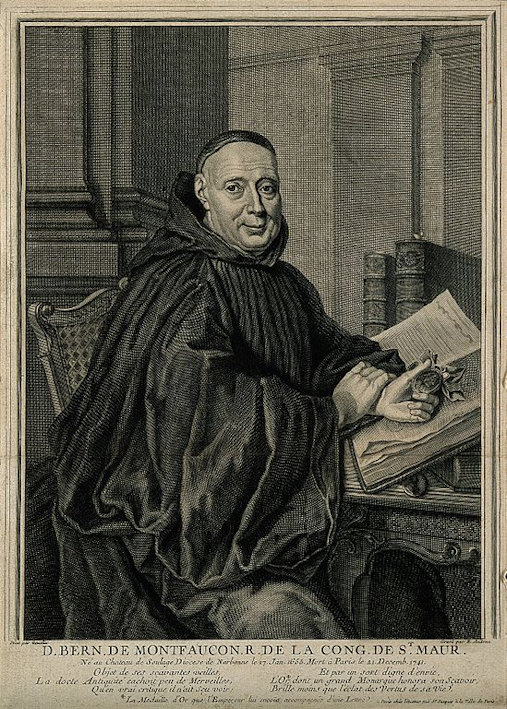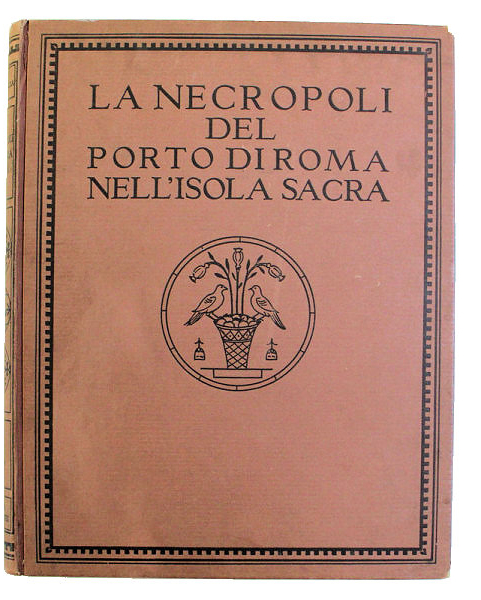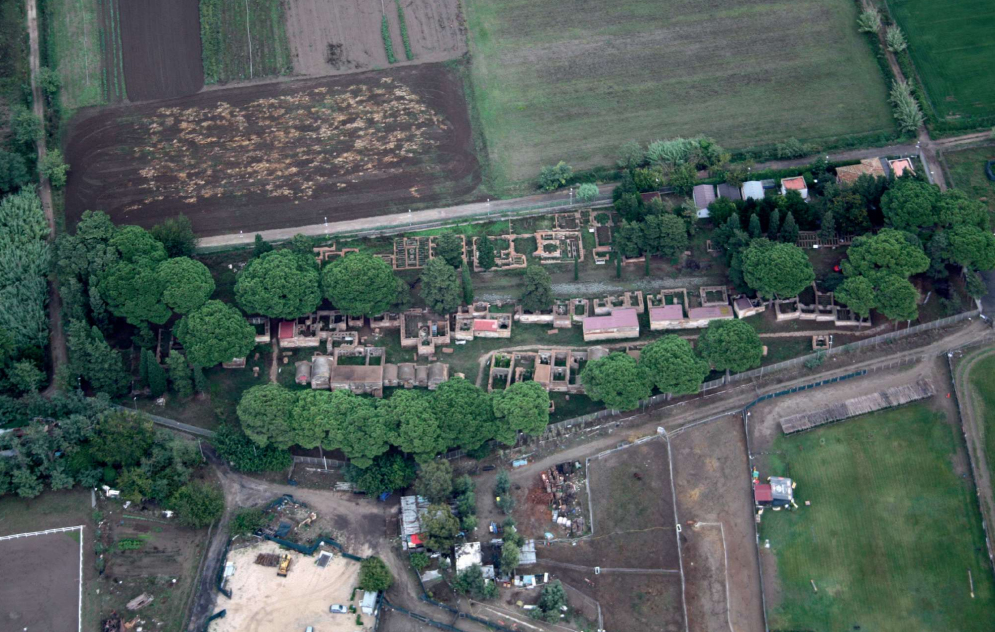Isola Sacra - History of the excavations
The first "archaeological" activity on the island took place in 1699, when the Cardinal of Bouillon (Cardinal-Bishop of Porto e Santa Rufina) found the exceptionally large tomb of the gens Caesennia. The inscriptions were taken to a palace of the Cardinal on Piazza di S. Marco in Rome, where they were copied by the French Benedictine monk Bernard de Montfaucon. They then disappeared. Another inscription (now stolen) was seen in 1734 in the facade of the Basilica of Saint Hippolytus. Further excavations were conducted, on the terrain of Pietro Paolo Amici, around 1744, described by Carlo Fea in 1836. In 1839 the Guglielmi brothers from Civitavecchia were active. They found many large blocks of marble, tombs, and funerary inscriptions that were transcribed by Giovanni Battista de Rossi, but have disappeared since. This work was reported by Giuseppe Melchiorri in 1840.
 |
 |
| Portrait of the Cardinal of Bouillon by Hyacinthe Rigaud. Perpignan, musée Rigaud. Image: Wikimedia. |
Portrait of Bernard de Montfaucon from 1744. Image: Wikimedia, Wellcome Collection gallery. |
In the early 20th century, in 1910-1911, excavations were carried out in the area of the Basilica of Saint Hippolytus by Edoardo Gatti. In 1925 and in the 1930's Guido Calza excavated the famous "Isola Sacra necropolis". The results of Calza's excavations were spectacular and attracted a lot of attention. Several newsreels were made by the Istituto Luce (see the section The oldest movies of Ostia). In 1940 Calza published a book about the excavations, La Necropoli del Porto di Roma nell'Isola Sacra. Tombs 1-100 are well-preserved on account of having been covered by ancient sand dunes. They are on land owned by the Italian state, and can today be visited. Tombs 101-143, to the north and on private terrain, were in a worse condition, and backfilled.
 |
 Guido Calza in 1938. Photo: Parco Archeologico di Ostia Antica. |

Aerial view of the Isola Sacra necropolis, seen from the west. Image: Keay 2020, fig. 1.6.
After the Second World War systematic work was done especially by Pasquale Testini, who excavated the Basilica of Saint Hippolytus between 1970 and 1978. There were many other interventions, mostly small-scale emergency excavations, often unpublished. They were summarized in a "gazetteer" by Paola Germoni, published in 2020. Extensive geophysical work has been carried out by the University of Southampton. The surveys, taking place from 2008 to 2012, identified a large number of different monuments, sites and features across the Isola Sacra. The work was published in 2020.

Map with the areas of geophysical research. Image: Keay 2020, fig. 4.2.
Keay and his team noted that the island was divided in three zones, connected by a canal, which they called the Portus to Ostia canal, and by a road running from the Fossa Traiana in the north to the Tiber in the south. The ancient name of this road is known: Via Flavia. At the north end was a settlement including baths, religious buildings, and tombs. At the south end were also buildings, including baths and warehouses. In between, the land was divided in parcels that were used for agricultural purposes.